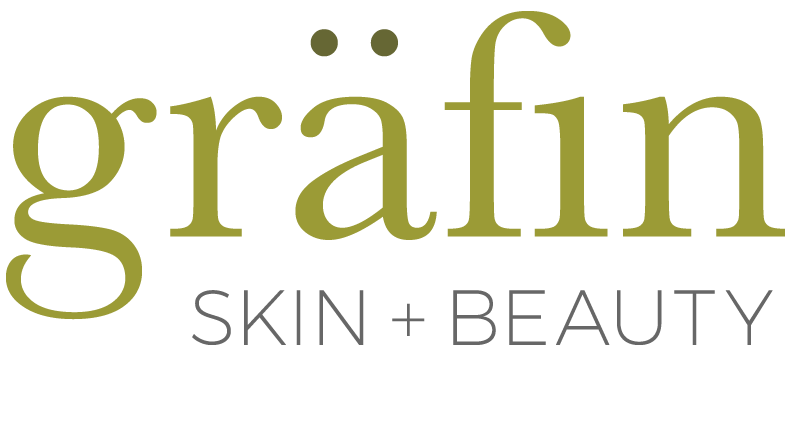The best way to start a vitamin A (retinol) regime
Client Question: How do I start a vitamin A (retinol) regime?
Vitamin A is one of the most essential molecules you can use on your skin. It is essentially the master communicator in your skin’s metabolism affecting how your cells behave and the rate of cell renewal. Vitamin A works to help diminish the look of fine lines and wrinkles.
Vitamin A has many forms, and it is helpful for you to know which one is correct for you and your skin concerns:
- Retinoic Acid: This is the prescription form of Vitamin A, it directly effects the DNA of cells. This form can cause extreme irritation when used topically.
- Retinol: This form uses alcohol to transport Vitamin A into the bloodstream. It is not very stable and often causes peeling, redness, and irritation.
- Retinol palmitate and retinol acetate: A fat-soluble form of Vitamin A found in cells all over the body, it is mild, more stable and easily tolerated by the skin.
When starting to use retinol, even in its mildest form, the skin can get sensitive. We recommend starting with a product containing a small percentage of retinol.Start by applying every third night for a few weeks slowly working up to every night. It is best to continue with a small percentage for at least three months before moving to a stronger product. Common skin reactions are redness and peeling; a sign that the skin is naturally low in Vitamin A, a good indication that your skin is in need of this treatment. These reactions are temporary and can be reduced by cutting back on the frequency of use allowing your skin time to acclimatize. Retinol will make your skin more susceptible to sun damage and unless directed by your skin care professional should only be used at night.
A few to try:
GM Collin Retinol Advanced + Matrixyl + Q10 a gentle and effective formula that includes antioxidants, skin conditioners, and peptides to correct signs of aging.
Vivier Pharma Retinol 0.3% SR Complex a low dosage microencapsulated formula, helps unclog pores and gently remove the surface layer of damaged skin.
